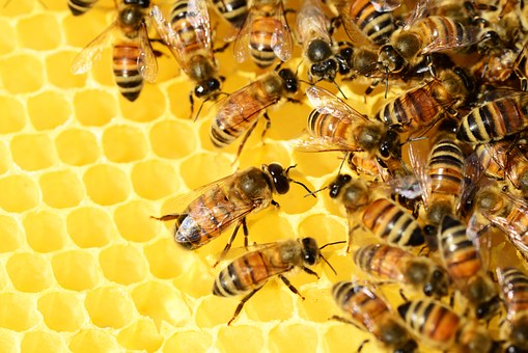Honey: lick, marvel, heal
It carries twenty thousand flight missions out by a bee to collect a litre of sweet nectar. This is used to produce 150 g of delicious honey, which nature intended to secure the livelihood of the bee colony.
But we also appreciate this delicious sugar, which is more than “just sugar” - for breakfast. The “kick” into the day is given by a special mixture of so-called invert sugars and rare oligosaccharides of high sweetening power. In addition, there are various enzymes and aromas and a mini mix of minerals and vitamins. After sporting efforts such as cycling tours or hikes, the spoonful of honey brings back used energies.
Spread honey on the wounds
Natural honey, as Egyptian hieroglyphs over four thousand years old reveal and modern science confirms, is at the same time an excellent plaster for wounds. The bees add a “cocktail of nature” to the collected nectar, which prevents spoilage during the thickening process in the honeycombs. This remains in the unheated honey and even heals when applied to smaller wounds.
Busy bees
So it is well taken care of if you take the potty of honey with you on trips of all kinds “to lick and paint”, when there are children with you. With them you can marvel at the buzzing bees on the way, who not only look for the best food sources for themselves but also tell the other bees where to find them with their dance.
Author: Brigitte Neumann
imprint data privacy images by www.pixabay.com

